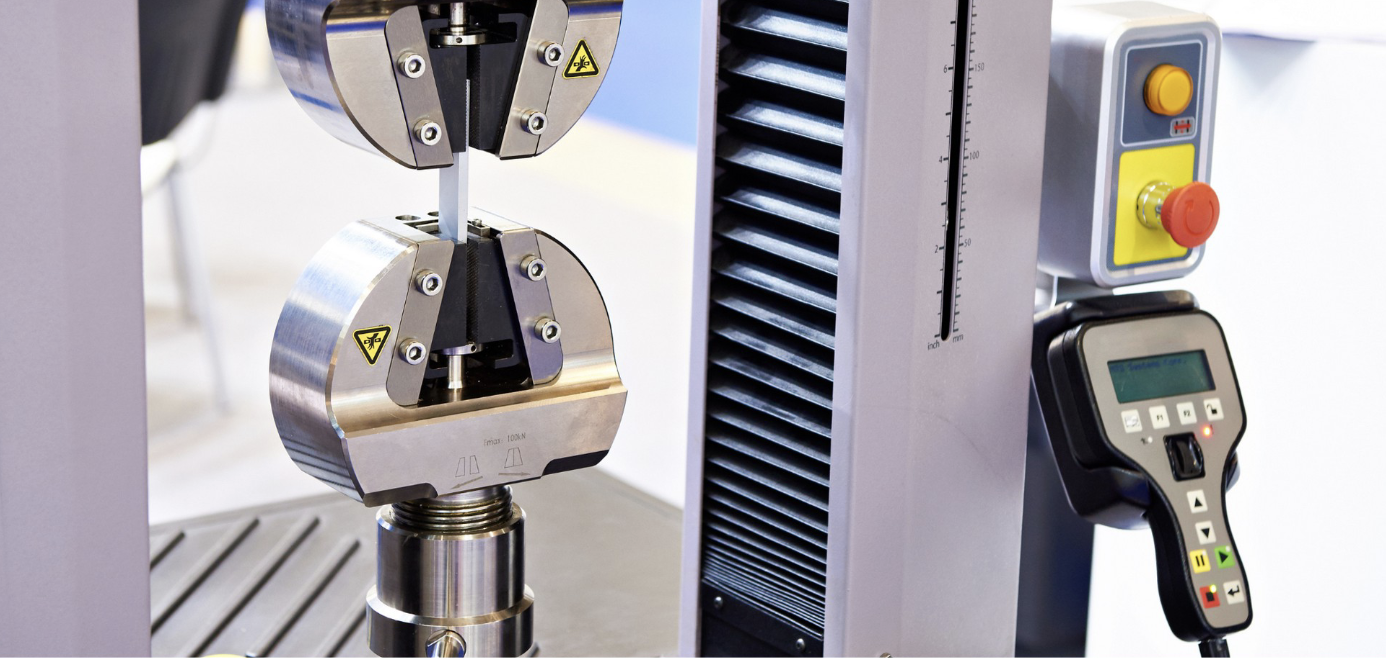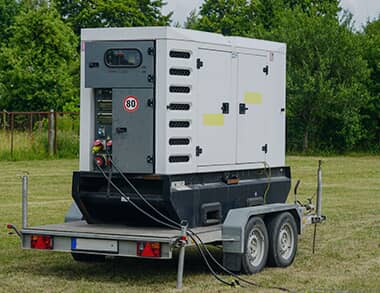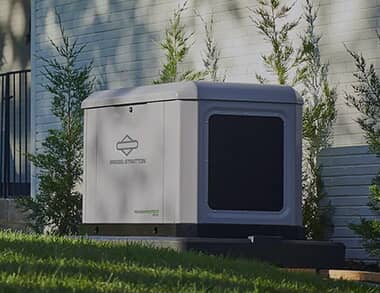What to Expect During a Load Bank Test

Load bank testing might sound intimidating if you’re unfamiliar with it, but it’s a simple, essential process for anyone who depends on backup power. A load bank test gives operators a clear picture of a generator’s condition and how it’s likely to perform when it’s needed most. It also makes it easier to plan ahead for potential issues before they turn into bigger problems.
Whether done as part of routine maintenance or to meet safety standards, load bank testing ensures a generator can handle real-world emergencies and run safely under pressure.
Why Load Bank Testing Matters
A load bank test is designed to confirm whether a generator can deliver its rated power output when pushed to its limits. While most generators don’t reach their full capacity during regular use, it’s critical to know they’ll work if an emergency calls for it. This test simulates high demand by placing an intentional electrical load on the generator and tracking its performance.
The main advantage of this test is knowing your generator is ready when you need it. It also gives technicians a chance to catch potential problems early. In fact, according to NFPA 110 standards, if a generator doesn’t reach at least 30% of its rated load during monthly tests, an annual load bank test is required to make sure it can still handle the job.
In many industries, regular load testing is necessary to stay compliant with safety regulations and keep standby systems reliable.
How a Load Bank Test Works
While it might sound complex, the process is fairly simple for trained technicians. The generator is connected to a load bank, a device that safely draws power and mimics the kind of demand the system would face during an outage. The technician starts the generator and gradually increases the load in steps, keeping an eye on its performance throughout.
During the test, readings are taken for voltage, frequency, amperage, operating temperature, and other performance markers. The technician watches how the generator handles both steady and fluctuating loads to make sure it stays within safe operating ranges.
Most tests last between two and six hours, depending on the size of the generator and the test requirements.
What Gets Measured — and Why It Matters
Throughout the test, several important details are recorded:
• Voltage and frequency stability
• Oil and fuel pressure
• Operating temperatures
• kW output
• Engine response to load changes
Each of these numbers helps paint a clear picture of how the generator performs under stress. Consistent, stable readings usually mean the system is in good shape, while unusual results can highlight areas that need attention.
What Problems Can Show Up
Because the test pushes a generator harder than usual, it’s one of the best ways to uncover hidden issues. Problems such as overheating, voltage spikes, unstable frequencies, or trouble with the cooling or fuel systems can show up quickly.
NFPA 110 also lays out steps for what to do if a generator underperforms during a load bank test, including documenting the issue and conducting follow-up tests after repairs. This helps ensure emergency power systems stay dependable and up to standard.
After the Test
When the test is finished, the technician will review all the numbers, make sense of the data, and recommend any necessary repairs or adjustments. Regular load bank testing paired with routine maintenance is one of the most reliable ways to extend the life of your generator and keep it ready for anything.
Trust GenTech to Get It Done Right
Load bank testing isn’t something you want to leave to chance. The certified technicians at GenTech have years of experience working with standby power systems, and we know what it takes to keep them running when the pressure’s on.
If you’re due for a load bank test or just want to get a clearer idea of your generator’s condition, get in touch with GenTech today to schedule a service.
From Insights to Power: Let’s Talk Solutions
Whether you need emergency power, maintenance, or expert guidance on your generator system, Gen-Tech has you covered. Our experienced team provides industry-leading service to keep your power running when it matters most. Call (800) 625-8324 to discuss your power generation needs today!
Contact Us










